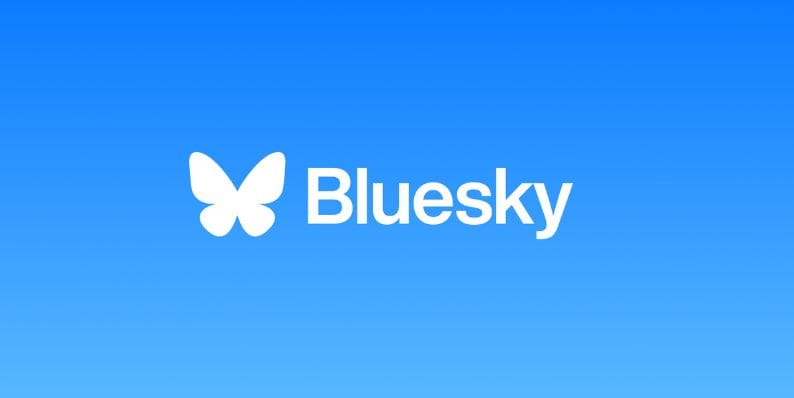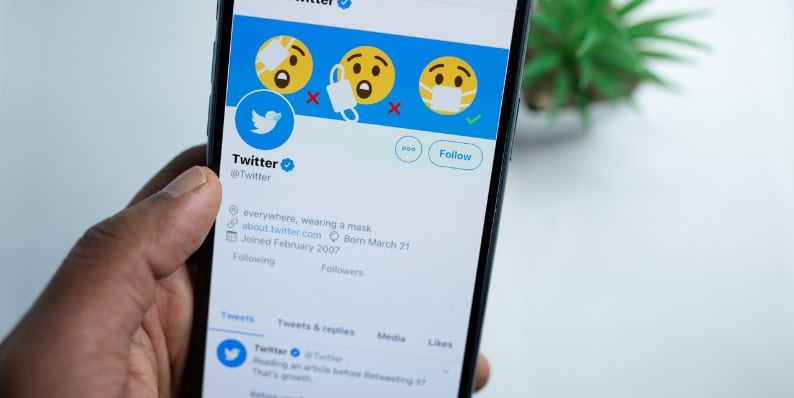Since Elon Musk took over Twitter and rebranded it as X, many users have started exploring alternatives. Some are looking for a platform with fewer ads, others want more control over what they see — or how their data is used.
Bluesky, founded by Twitter co-founder Jack Dorsey, has quickly become one of the most talked-about options. But is it really different? Or is it just another version of Twitter with a different coat of paint? This article breaks it down.
Origins: A Tale of Two Platforms
Bluesky began in 2019 as a side project within Twitter. Jack Dorsey wanted to explore decentralized social media — platforms not owned or run by one company. His vision was to give people more control over what they see and how content is shared. Bluesky became a separate company in 2022, funded independently but rooted in that original Twitter idea.
Meanwhile, Twitter was undergoing its own transformation. In 2022, Elon Musk acquired the company, taking it private. He promised to make it a place for free speech and fewer restrictions. One year later, he rebranded it as X, signaling a broader mission to turn it into an “everything app” that includes payments, content, and messaging.
This set the stage for a showdown. One platform wanted to decentralize the web. The other wanted to centralize more services in one place.
Key timeline:
- 2019: Bluesky project announced by Jack Dorsey
- 2022: Elon Musk buys Twitter
- 2022: Bluesky spins out from Twitter, builds AT Protocol
- 2023–2024: Bluesky launches in beta (invite-only), gains traction
- 2024–2025: X pushes subscriptions, AI tools, and new monetization
Is Bluesky Just Another Twitter Clone?
 At first glance, yes — Bluesky looks like Twitter. You have a home timeline, a “post” button, replies, reposts, and follows. The terminology is similar. For someone switching from X, the interface feels instantly familiar.
At first glance, yes — Bluesky looks like Twitter. You have a home timeline, a “post” button, replies, reposts, and follows. The terminology is similar. For someone switching from X, the interface feels instantly familiar.
But look closer, and Bluesky breaks from the mold. It has no ads. No trending tab. No DMs. Its feed system is modular, meaning users can subscribe to different “algorithmic feeds” — not just the default. Bluesky also avoids most legacy baggage, starting clean with a smaller, slower-growing user base.
Where X feels like a platform constantly evolving for profit, Bluesky feels like a tool focused on user control. The app may resemble Twitter visually, but the way it works and grows is built on very different rules.
Bluesky’s Core Tech: AT Protocol and Decentralization
The core of Bluesky is the AT Protocol, a new kind of internet protocol designed to support decentralized social apps. Instead of all users and content living on one company’s servers, anyone can host their own data or run their own version of the app.
This matters because it breaks the grip of platform control. If you don’t like how a server moderates content or handles your data, you can leave — without losing your followers or posts.
Twitter (or X) is the opposite. It’s fully centralized. One company owns the app, the feed, the rules, and the content. Bluesky’s approach allows for multiple apps, algorithms, and communities to exist on top of one shared system. That’s a huge shift.
Feature Comparison: What Can You Do on Each?
Here’s a side-by-side comparison of key features:
| Feature | Bluesky | X (Twitter) |
|---|---|---|
| Decentralized? | Yes | No |
| DMs | No (yet) | Yes |
| Custom feeds | Yes | No |
| Ads | No | Yes |
| APIs for devs | Open | Limited |
| Moderation control | Federated | Centralized |
Community, Culture, and Moderation
 The Bluesky community started small and invite-only. This gave it a curated, almost experimental feel in its early months. Many users were artists, coders, and Twitter exiles looking for a quieter, less toxic space.
The Bluesky community started small and invite-only. This gave it a curated, almost experimental feel in its early months. Many users were artists, coders, and Twitter exiles looking for a quieter, less toxic space.
X, by contrast, became louder and messier after the rebrand. Elon Musk loosened moderation rules, restored banned accounts, and leaned heavily into free speech messaging. Some users embraced the change. Others left, saying the platform no longer felt safe or useful.
One of Bluesky’s biggest differences is how moderation works. Instead of being decided by a single company, moderation is handled in layers: servers, services, and personal preferences. This federated model lets communities choose their own rules — and that flexibility appeals to users burned out by one-size-fits-all policies.
Then there’s the algorithm. On X, you get a single feed unless you toggle between “For You” and “Following.” On Bluesky, you can subscribe to multiple custom feeds — one built by you, one by friends, or one for jokes only. It’s algorithm freedom.
Bluesky’s Challenges and Road Ahead
Still, Bluesky has big gaps to fill. DMs don’t exist. You can’t quote posts. User search is limited. These aren’t small issues. They matter for usability.
Scaling is another concern. Bluesky started invite-only to manage moderation and growth. But going mainstream means figuring out how to onboard millions while maintaining quality and decentralization.
There’s also the issue of explaining the tech. Most people don’t care about protocols or data ownership. They just want apps that work. Bluesky must show why decentralized systems benefit real users — not just privacy nerds and developers.
Success depends on balancing growth, usability, and freedom. That’s not easy.
Final Verdict: Clone or Evolution?
Bluesky may look like a clone, but it's quietly building something much deeper. It’s not just a Twitter alternative — it’s a new way to run social media itself. If it can overcome its early limitations and grow without compromise, it might become something Twitter never was.
I hope this helped you understand what really separates Bluesky from X. If you’ve tried both, feel free to share your experience or thoughts.




